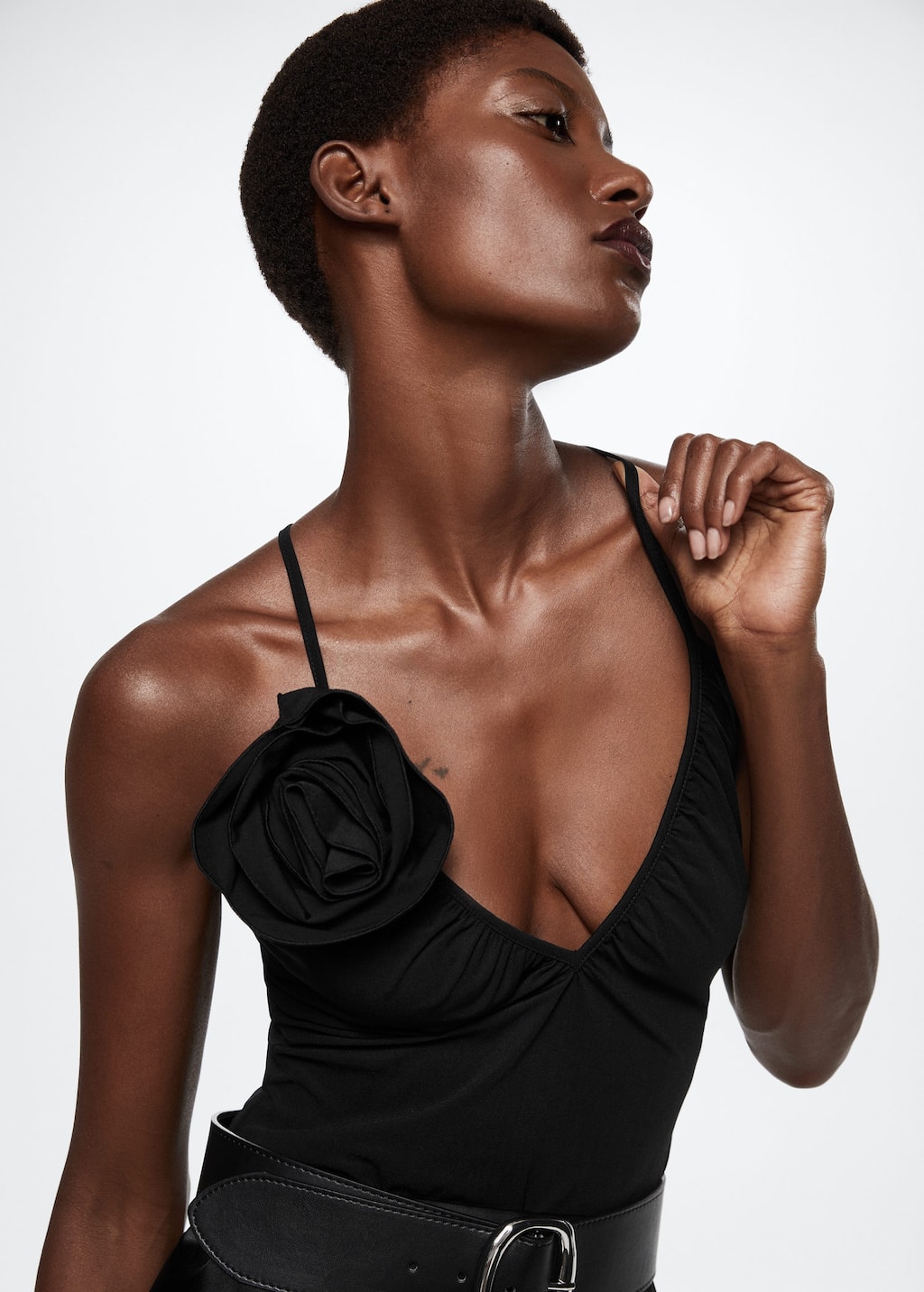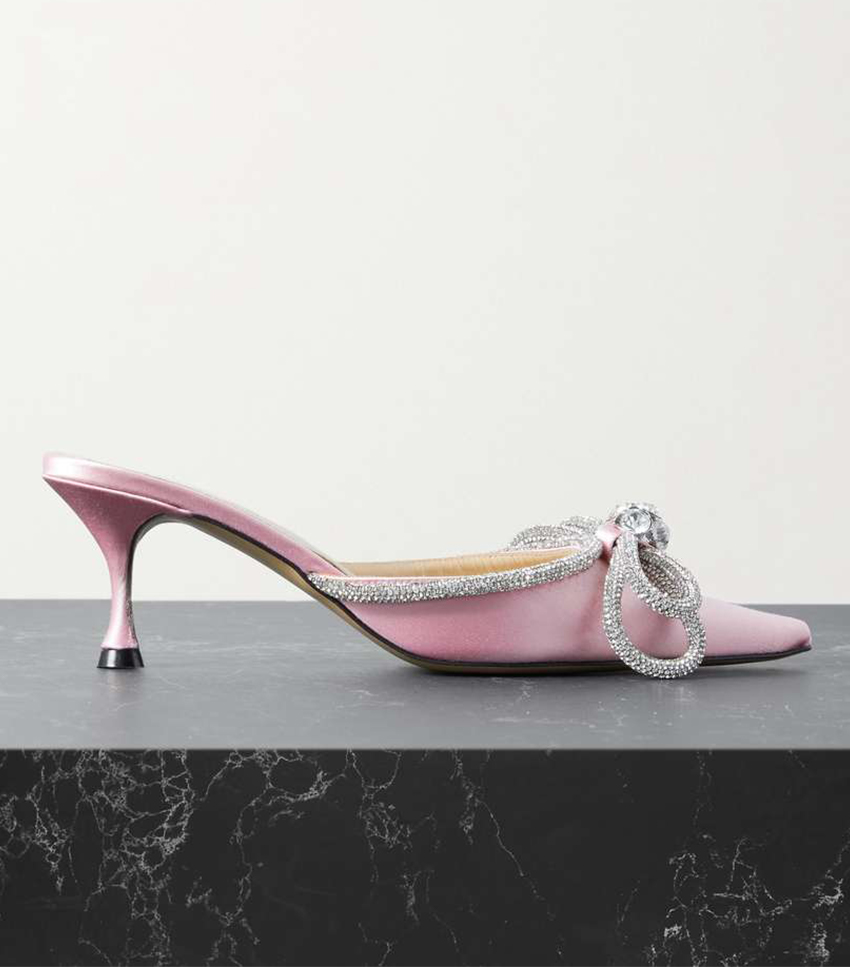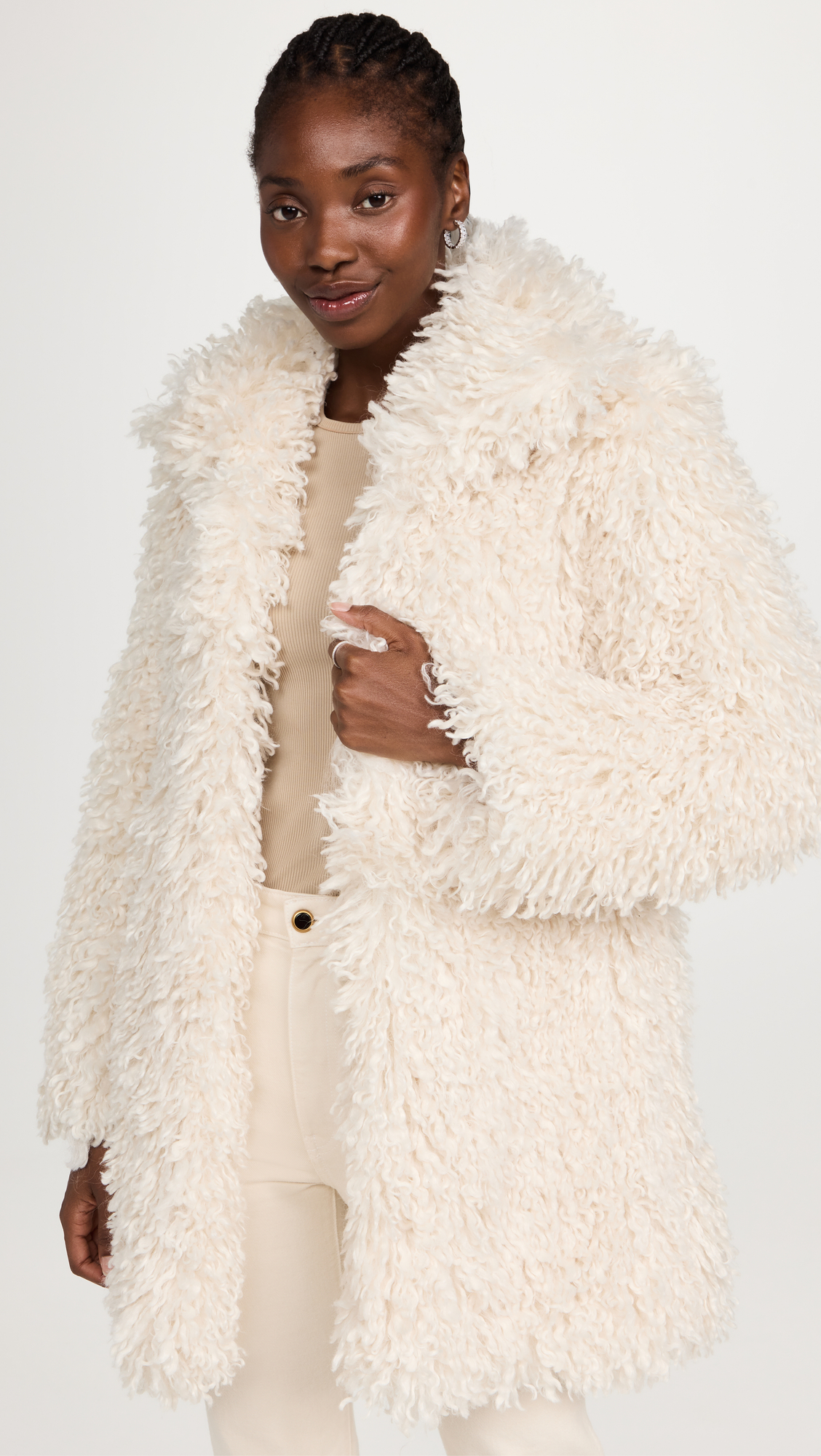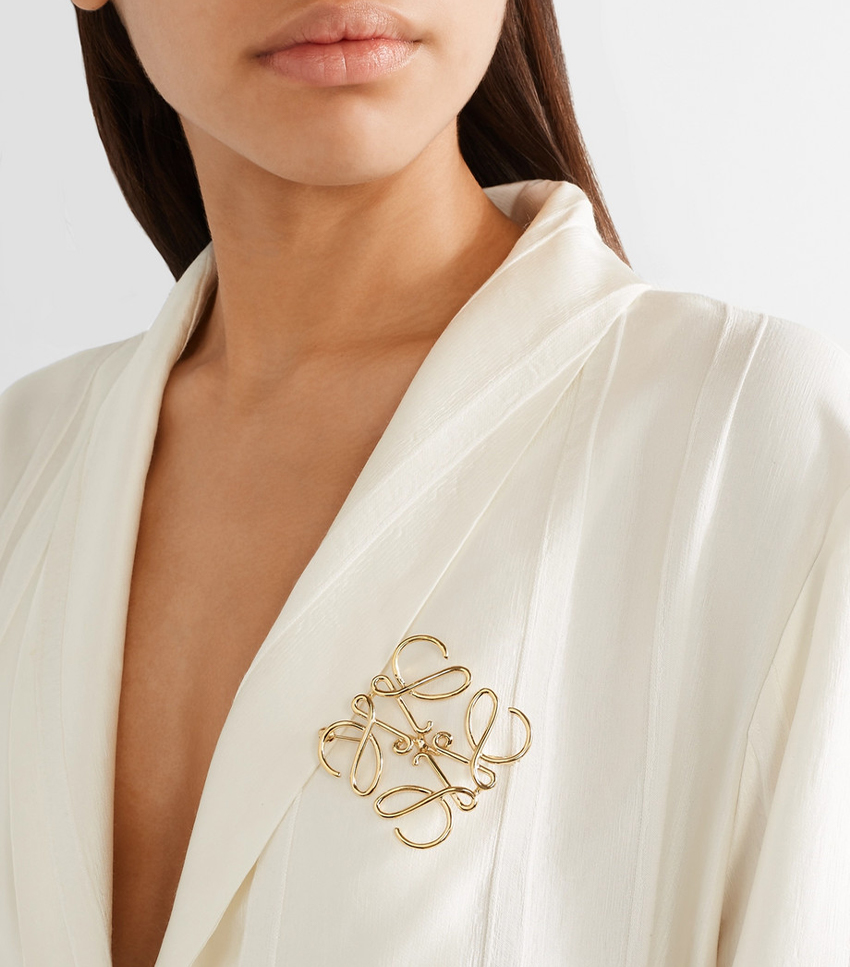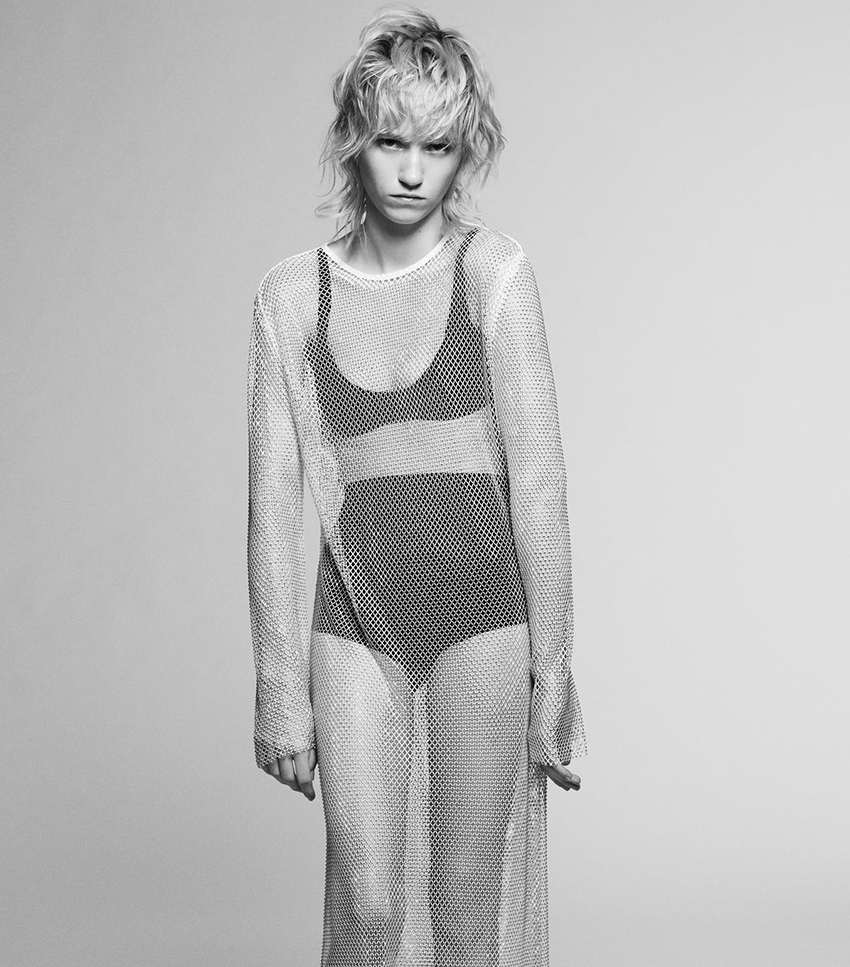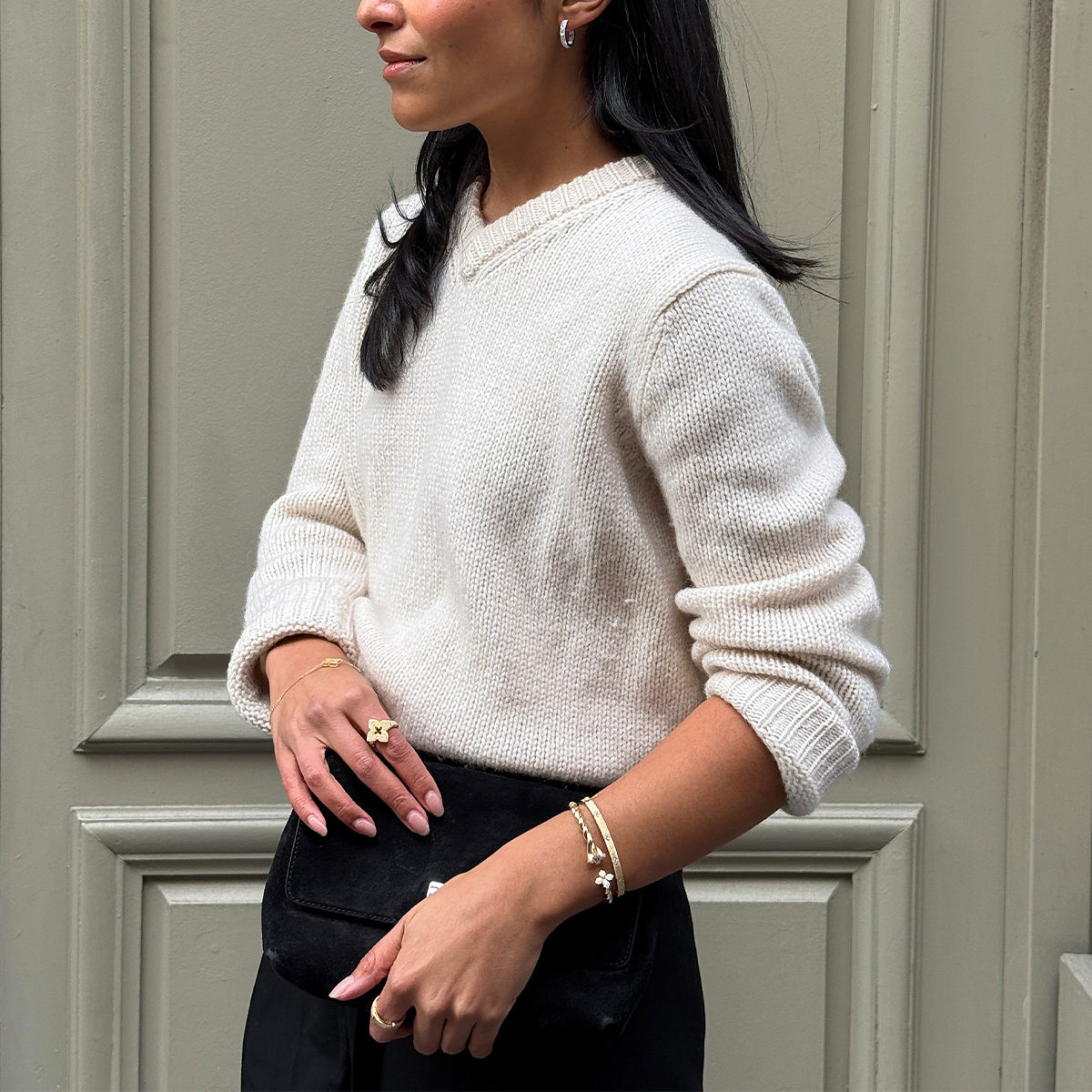I'm a Fashion Archivist—These 7 Trends Are Officially Back, and Here's Why

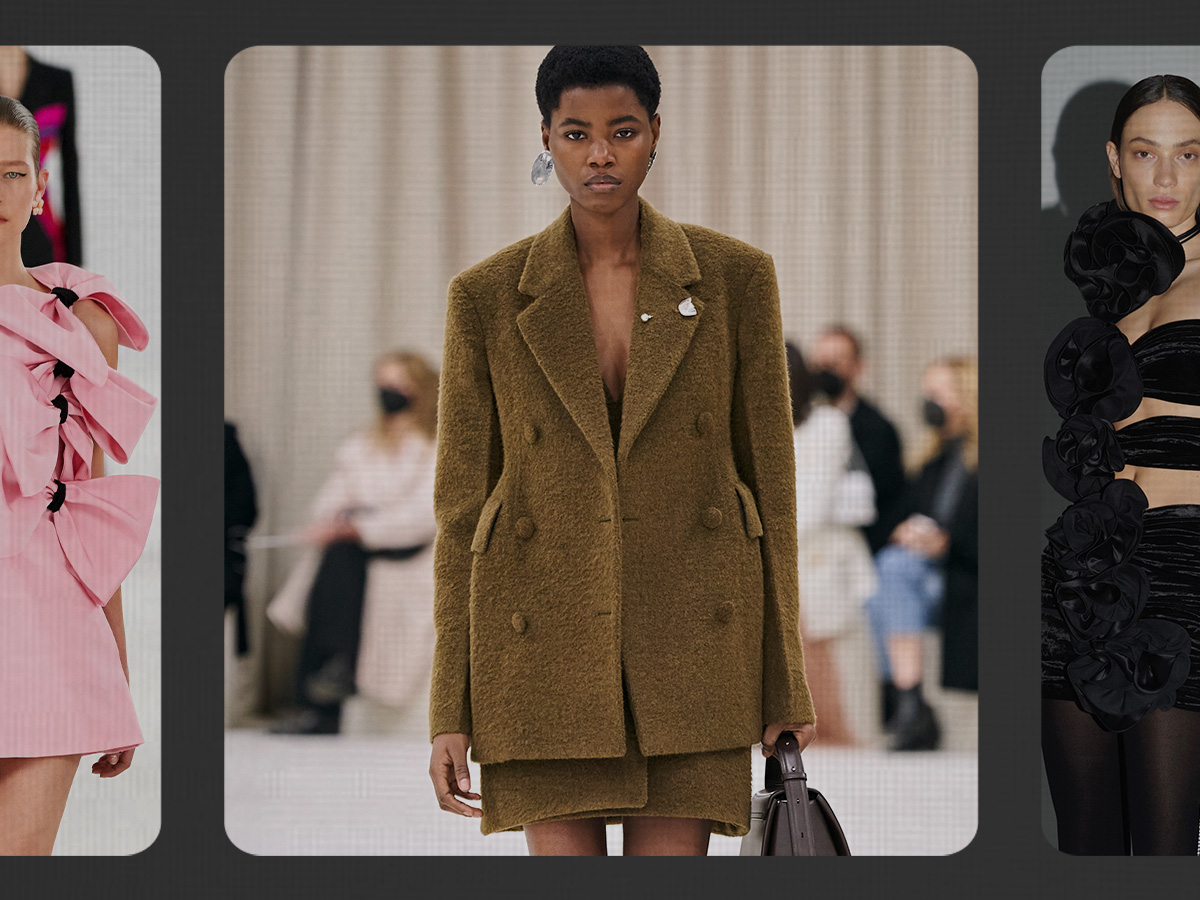
There's an adage that feels more relevant to this moment than ever: Those who don't know history are doomed to repeat it. Over the past few years, conversations around history have dominated the zeitgeist. We've seen the outright denial and reenvisioning of history in recent years (book banning in school libraries and the proliferation of misinformation on social media, for example) and the collective reckoning with it as a whole through equality movements. And while it may seem that these conversations only have influenced politics and, at most, pop culture, the truth is fashion has not been immune to this.
Over the past few seasons, nostalgia has significantly influenced some of the biggest fashion trends—from the Y2K aesthetic to grunge-inspired pieces. It may seem trite to compare the return of trends to the larger conversations around history, but it's not. After all, we should have learned from our mistake the first time low-rise denim became a thing! But in all seriousness, fashion has always been a visible indication of what's happening worldwide. We can glean from the runway what's happening in the headlines, the clothing on our backs can tell others what we value, and social movements can be directly linked to street style.
Fashion and history have always been intertwined, and no one knows that more than fashion archivist Julie Ann Clauss. As a former journalist and the founder of The Wardrobe, she's got years of experience and knowledge about trends, brands, and the process of documenting fashion history. So it was only natural that we'd want to speak to her about how previous fashion eras continue to influence the present moment. Ahead, you'll hear from Clauss about her career, the importance of archival work, and which fall/winter 2022 trends are pulled straight from the past. Grab your pencils—fashion history class is in session.
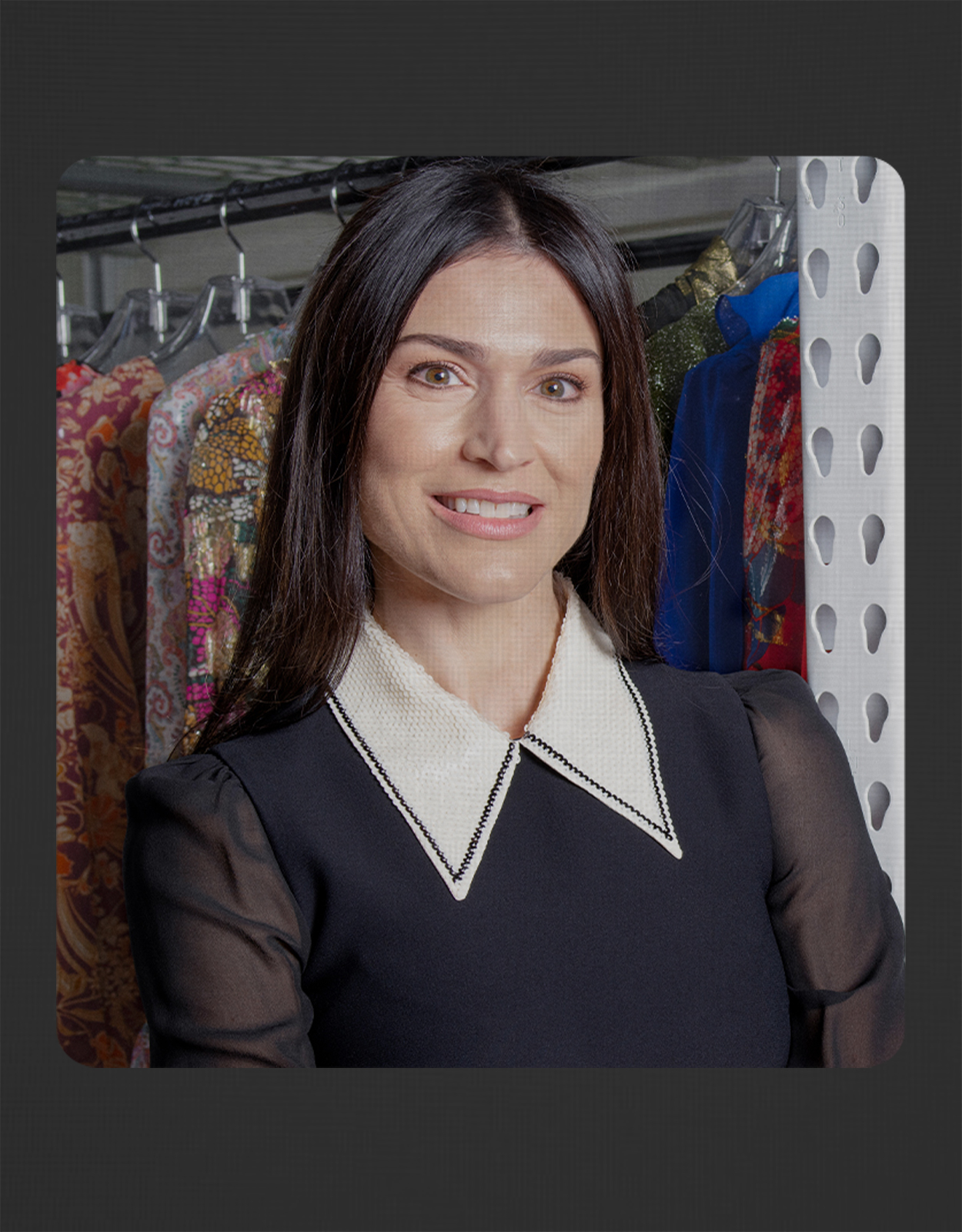
How did you break into the fashion industry? And what has been a pivotal moment in your career thus far?
I began my career as a fashion journalist, and after working for a few years, I decided that I wanted to learn the history of fashion. I earned my MA from FIT's Fashion and Textile Studies: History, Theory, Museum Practice program. While pursuing my degree, I co-curated the Museum at FIT's exhibition Sole Desire: The Shoes of Christian Louboutin. I also cataloged Stephen Sprouse's archives in preparation for the Deitch Projects exhibition Stephen Sprouse: Rock on Mars, sponsored by Louis Vuitton. But the most pivotal moment in my career was in 2008 when Tom Ford hired me to establish and expand a comprehensive archive of his work from his tenure at Gucci, YSL, and his current eponymous label.
You founded The Wardrobe, the first-ever archival-fashion consultancy and curation firm—what made you decide to start this company?
Upon first being hired by Tom Ford to establish a comprehensive archive of his work, I realized that no company existed to marry museum-specific expertise and market sensibility. Sure, various storage companies existed, but no commercial enterprise saw the importance of archival collections and archiving techniques at the time. I realized there had to be many designers and clients out there who had precious items that were not being stored as they should.
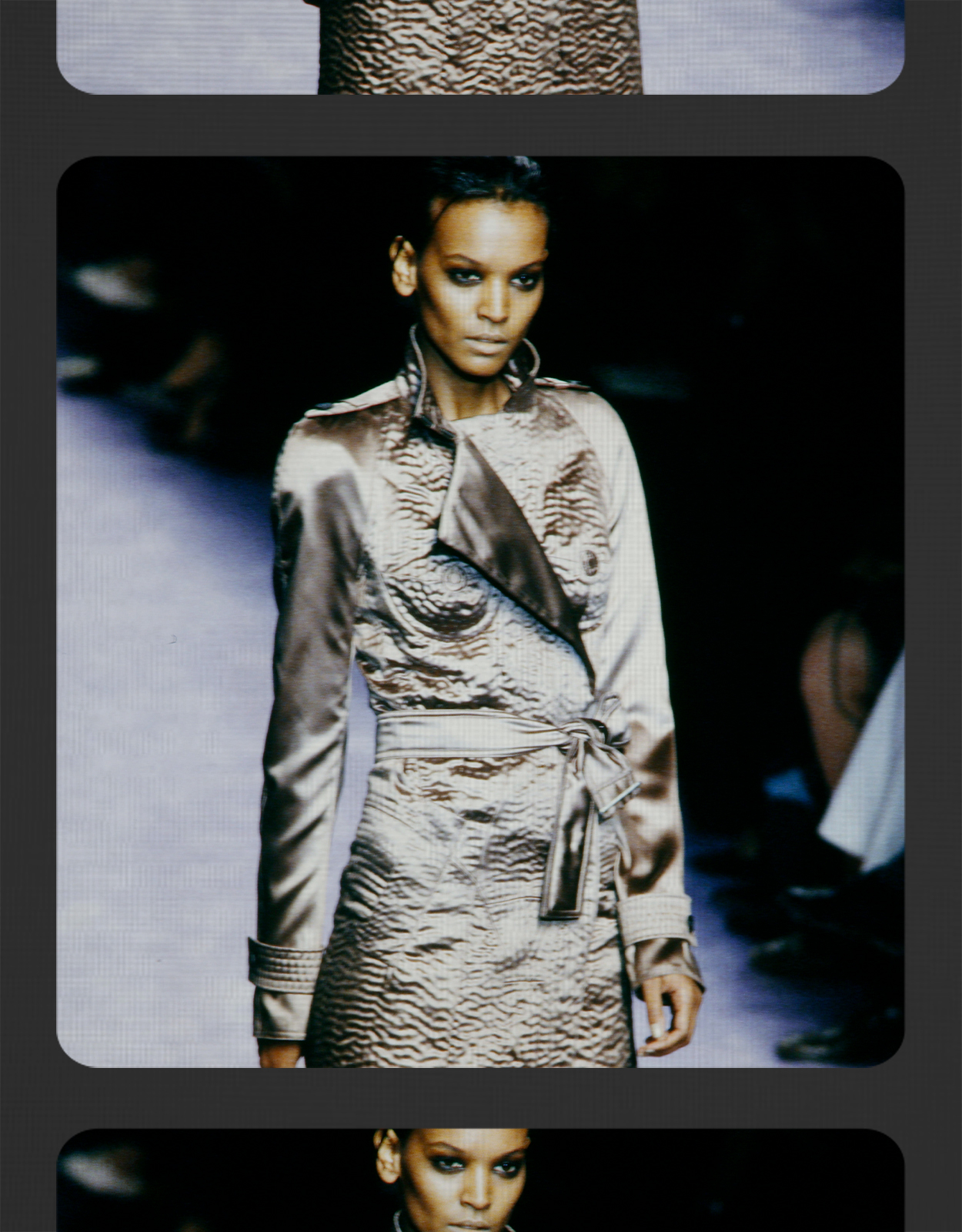
For those who don't know about the concept of archival work, how would you describe it? What is the difference between a historian and an archivist?
Being a fashion historian means knowing precise details and trends from previous collections/periods in fashion history and being aware of significant moments from past brands/designers in collections. Being an archivist means knowing how to properly preserve and store an item to hold and even appreciate its value. The term archivist is used loosely today, unfortunately. But before I could even be admitted to my MA program, I had to take college-level chemistry. Real archivists understand collections management is rooted in science and know that the environment is key to maintaining the quality of the pieces. It's why I opened my very own facility in Los Angeles: Wardrobe West. It's truly the "backstage" of a museum with climate control, air filtration, light control, 24-hour security, custom racking, etc., and I'm proud to say it's the first archival facility opened by a museum-trained archivist.
What exactly is the archival process? Why is it important?
The archiving process entails photography, cataloging, asset digitization, and proper storage based on the particular construction and materials of a garment or accessory. For my company, we created our proprietary software, The Digital Archivist, to physically and digitally archive items and make it easy for our clients to browse, search, and request items from their collections while keeping them in a museum-quality space. The concept of archiving, especially with The Wardrobe, is so important because we help maximize your items' life and value and unlock hidden value by helping you leverage your collection for profit.

Since your work is about creating archives, why do you think it's important to document and maintain clothing within a larger context? How do you feel preserving clothing helps society at large?
Our services and the proper preservation of belongings are integral for many reasons—sustainable, educational, and so much more. For example, for entertainers, we archive everything our clients wear on tour, on the red carpet, and even the things that they are documented wearing in their personal lives. For individual clients, preserving their belongings helps to create true heirlooms, whether they are to be passed down to future generations or eventually used for another purpose. For designers, our work enables their design teams to utilize past collections for current inspiration, document house codes for new designers, and allow their press and marketing teams to use pieces for promotional and retail partnerships, employee onboarding, and ultimately securing a designer's legacy.

Since you've worked with some of the largest fashion brands in the industry, are there any you feel do an incredible job drawing inspiration from their archives?
I think that Mr. Ford knows who his customer is, and at the core of his designs, he sticks to his signature aesthetic while still offering exciting concepts every season. And although I can't say Saint Laurent is my client, Anthony Vaccarello (and Hedi Slimane before him) constantly pulls from the YSL archives. You will always see vintage prints, cuts, and homages to Saint Laurent's original muses appear on the runway every season but modernized.

What's one tip you suggest for our readers looking to build their own fashion archives?
I have collected entire archives for some of my clients, and I can tell you timing is everything. I probably need to stop giving this tip because I'm just making my own job harder, but a great way to build an archive is to shop for future vintage. The life cycle of a trendy piece starts with you paying top dollar at retail.
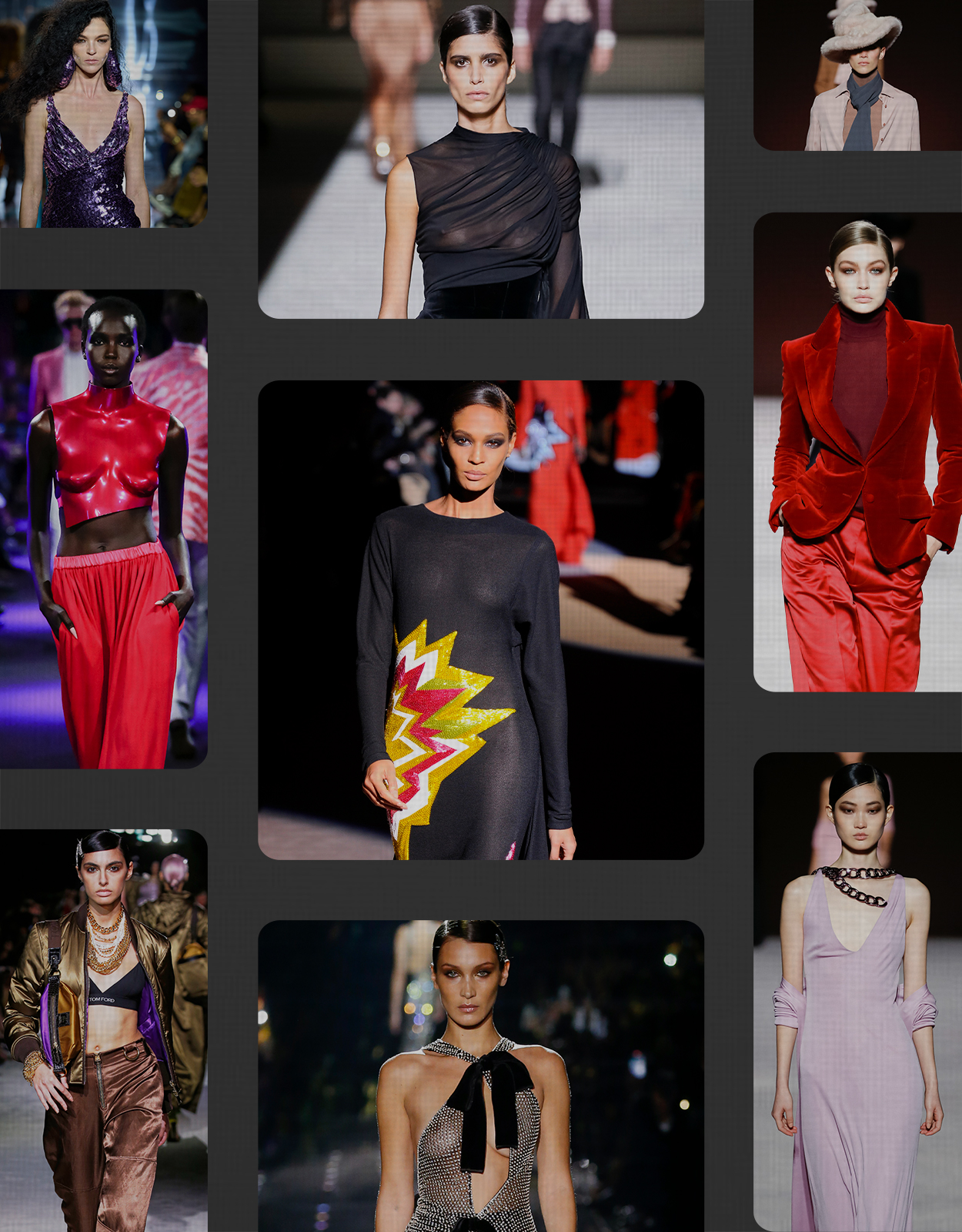
Are there any tips you have for readers looking to sell or shop vintage and archival fashion?
After you've invested in future vintage, the next phase of that process is being able to sell it shortly after it was really "on" for a decent recoup of your money to secondhand buyers on resale sites who still want to participate in the trend while it's fairly fresh. A few seasons later, the piece is radioactive. No one will want it because its inherent trendiness will date it quickly. That's your chance to pounce and score it for pennies on the dollar. If you hang on to it for long enough and keep it in good shape, you'll be able to sell it for a handsome profit once it is considered vintage. Regarding where to shop and sell archival pieces, eBay, Etsy, Vestiaire Collective, The RealReal, auctions, and even Instagram are great.
Shop archive pieces:
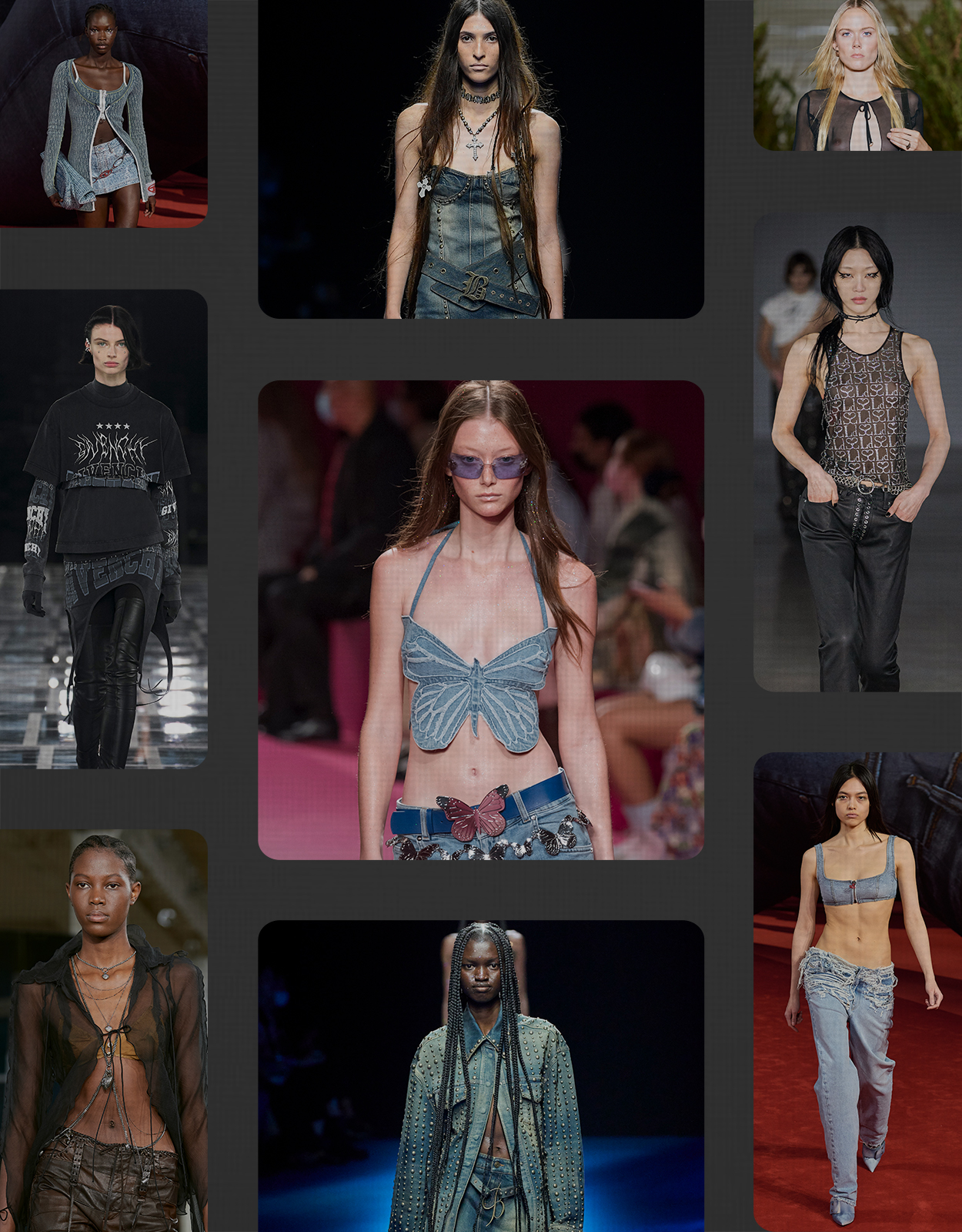
For the past few seasons, we've seen nostalgia play a heavy role in influencing trends on the runway—what do you think is driving this push?
Fashion has always looked to the past for inspiration. As they say, there is nothing new under the sun. We don't always realize it because fashion is a business predicated on forgetting. Its purpose is to sell you what is "new" every six months. Some examples: Many of the 1970s looks were inspired by the 1930s, and the 1980s had many elements of the 1950s. The difference that makes nostalgia so apparent in our time is the rise of social media and the internet. It used to take about 20 years for a trend to come back, but we've seen that speed up as more people have access to archives, and it's easier to educate yourself on historical trends.

When adopting "old" trends, do you have a rule of thumb for our readers to follow?
My number one tip is to make it modern. There's nothing worse than looking like you're wearing a costume. The best way to modernize vintage garments is with current accessories. Also, if a current cut/shape of a garment comes back in style, it's worth trying to find a vintage original. Chances are it will be much more wallet friendly than a modern piece and much better constructed. That's a whole other topic—the deterioration of quality in lockstep with increased consumption over the past 50 years. It impacts the longevity of the garments themselves, which is worrying as an archivist.
Let's talk about fall/winter 2022 trends. Do any trends stand out to you as being almost pulled straight from a different era?
1. Nipped Blazers

In modern times, our most famous association with nipped-waist jackets is from Christian Dior. He famously revived the couture with his 1947 New Look collection. The fabrics were sumptuous and expensive—a significant statement in post-war Europe, where rations were still commonplace. One of the collection's key pieces was the Bar Suit, which included a jacket with padded hips and a nipped waist. This was a departure from the more streamlined dresses of the 1920s and bias-cut, slinky pieces of the '30s. Indeed, the look harkened back to historical times when women corseted themselves to create a small waist-to-hip ratio. It was a very odd moment, as architecture and design started to look toward the future and the space race, but fashion wanted to go back in time instead.
Shop the trend:
2. Flower Adornments

The flower adornments all over the fall/winter 2022 and spring/summer 2023 collections are another trend that feels straight out of another fashion era. YSL's signature floral appliqués date back to his famous 1971 Scandal collection, which was heavily influenced by the 1940s wartime fashion. The current F/W 22 Saint Laurent collection pays homage to YSL muse Paloma Picasso, who often wore vintage 1940s clothing before it was even fashionable. (She influenced the '71 collection too.) And even the looks we saw from Philosophy di Lorenzo Serafini feel inspired by that show and time period.
Shop the trend:
3. Bows

Bows always manage to bubble back up, but one particular fall/winter 2022 collection look stood out to me as a clear indication of this trend's return: the Carolina Herrera dress seen above. This look reminds me a lot of the piece that gave Elsa Schiaparelli her start in the 1920s! Daniel Roseberry's revival of the house often explores Elsa's surrealist influences and collaboration with artists like Salvador Dalí. Still, few know the piece that gave her status was a trompe l'oeil sweater with a bow on it.
Shop the trend:
4. All Things Furry

I hate to say this, but one thing I learned from a brilliant professor I had at FIT was that, historically, fur and pockets on the runway have always been predictors of war. Perhaps it's a subliminal message of utilitarian comfort/protection in uncertain times. But with the war in Ukraine, I see her connection.
Shop the trend:
5. Brooches

Different types of jewelry come in and out of fashion all the time. When I began my career as a fashion journalist in the early '00s, brooches in unexpected ways were a big trend. There was a season where there were faux jeweled brooches on tweed Prada slingbacks, and Alber Elbaz at Lanvin was using brooch accents on his silk dresses, for example.
Shop the trend:

6. Crystal Netting

Crystal netting is another trend that's pulled straight out of the historical archives. Cristóbal Balenciaga incorporated netting into his designs in the 1960s as an ode to his childhood in Spain. His father was a sailor, and his mother sometimes took in local fishermen's nets to mend them. Nicolas Ghesquière reinterpreted this netting in his F/W 01 show for the house. Fishnet has always come in and out of fashion in different ways, but it's cool to know the personal influence it had on one of the 20th century's most famous couturiers.
Shop the trend:
7. Chokers
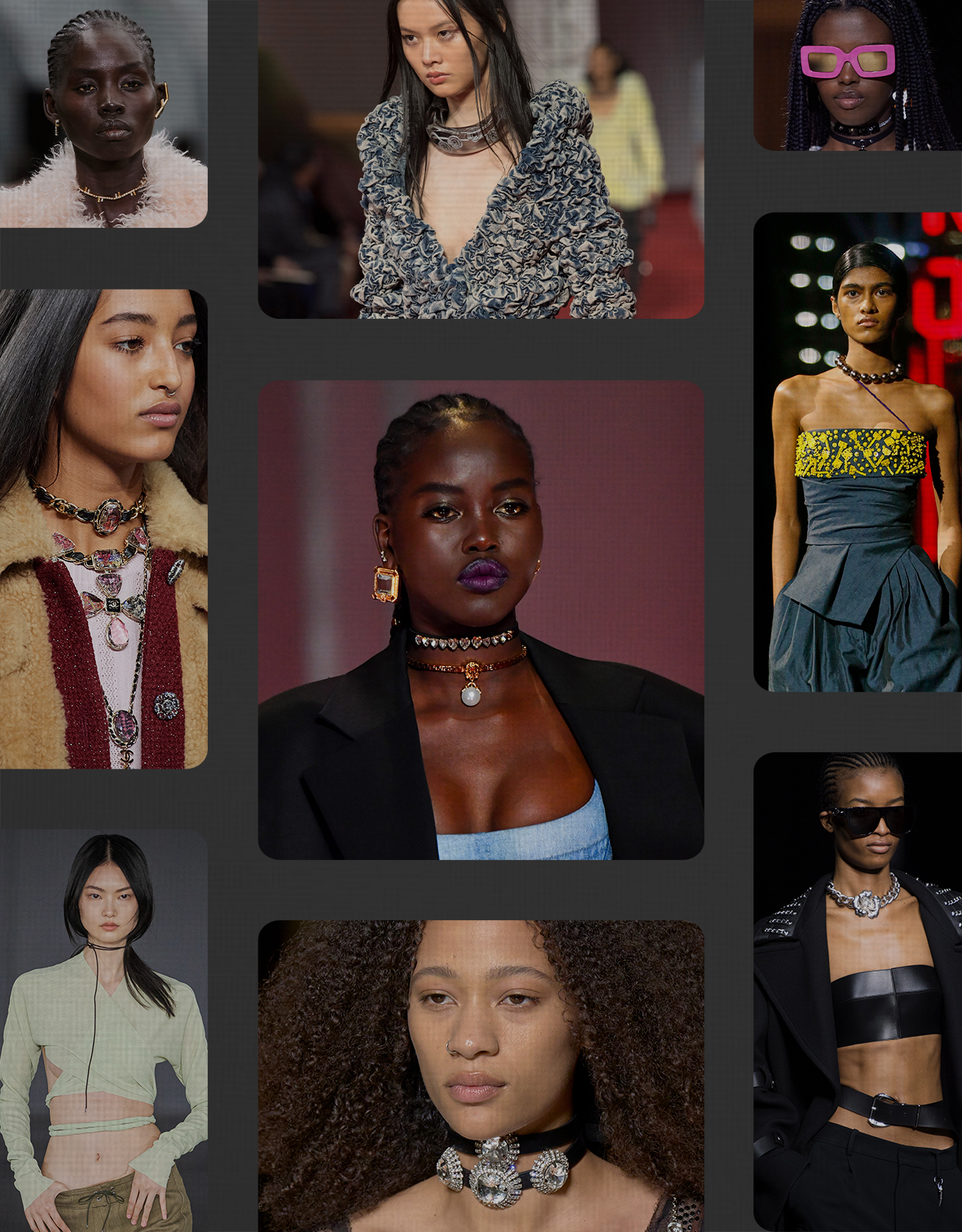
I am not at all surprised to see chokers on the runway since they were pure '90s, and fashion of late has a minor obsession with the '90s and '00s. Except guess what? Chokers were a thing in the '70s too. One of my all-time favorite muses, Bianca Jagger, was photographed in them, for one. But they continue to come in and out of style, proving that no trend is ever really "new."
Shop the trend:

How has learning about fashion history changed your perspective on how you approach your personal style? How do you hope this work changes other people's perspectives?
My knowledge of fashion history has reified my personal style—I love what I love! I'll always have a soft spot for the '70s, hence my collection of Ossie Clark and YSL pieces. And believe it or not, it's made me a ruthless editor of my own closet because I know the true value of things. I've never been the person to buy a knockoff to chase a trend, but learning about fashion history further underscored that for me. I'd much prefer to have fewer quality things than a closet full of fast fashion. Give me vintage any day.
Since your career is dedicated to protecting the past, what do you hope people will take away from your work when they look back on it?
Our company tagline is "protect the past—build the future" for a good reason. We help our clients protect a very valuable asset and guide them to leveraging it. Recently, a new client told me the impetus for calling me was the realization that they were sitting on money with the pieces that were being destroyed by improper storage. I hope people will look back at me as the first person to create a business that recognized and predicted the value of fashion archives. And I hope my work inspires people to see the value in what they own, shop wiser, and care for it.
Next up, Our Readers Unanimously Agree: These Fall Trends Are Actually Worthwhile

Jasmine Fox-Suliaman is a freelance writer and editor living in New York City. What began as a pastime (blogging on Tumblr) transformed into a lifelong passion for unveiling the connection between fashion and culture on the internet and in real life. Over the last decade, she's melded her extensive edit and social background to various on-staff positions at Who What Wear, MyDomaine, and Byrdie. More recently, she’s become a freelance contributor to other publications including Vogue, Editorialist, and The Cut. Off the clock, you can find her clutching her cell phone as she's constantly scrolling through TikTok and The RealReal, in search of the next cool thing.
-
 Wicked's Marissa Bode Is Finding Magic in Herself
Wicked's Marissa Bode Is Finding Magic in HerselfRead the full story.
-
 The Pro Golfer and Vintage Miu Miu Collector Transforming F1 Paddocks Into Runways
The Pro Golfer and Vintage Miu Miu Collector Transforming F1 Paddocks Into RunwaysSpotted: JW Anderson's pigeon bag, Tabi pumps, and the iconic Hermès Bolide on Wheels.
-
 George Russell on Growing Into His Personal Style
George Russell on Growing Into His Personal StyleThe five-time race winner talks watches, paddock 'fits, and finding confidence in fashion.
-
 From Paddock 'Fits to On-Track Rivalries: Go Sports Dives Into F1 Ahead of the 2025 LVGP
From Paddock 'Fits to On-Track Rivalries: Go Sports Dives Into F1 Ahead of the 2025 LVGPRead up before lights out on Saturday night.
-
 Alexa Chung's World: Her Best-Selling Madewell Collab, Personal Style Icons, and Spiciest Fashion Takes
Alexa Chung's World: Her Best-Selling Madewell Collab, Personal Style Icons, and Spiciest Fashion TakesPlus, what she's reading and listening to and her favorite spots in London.
-
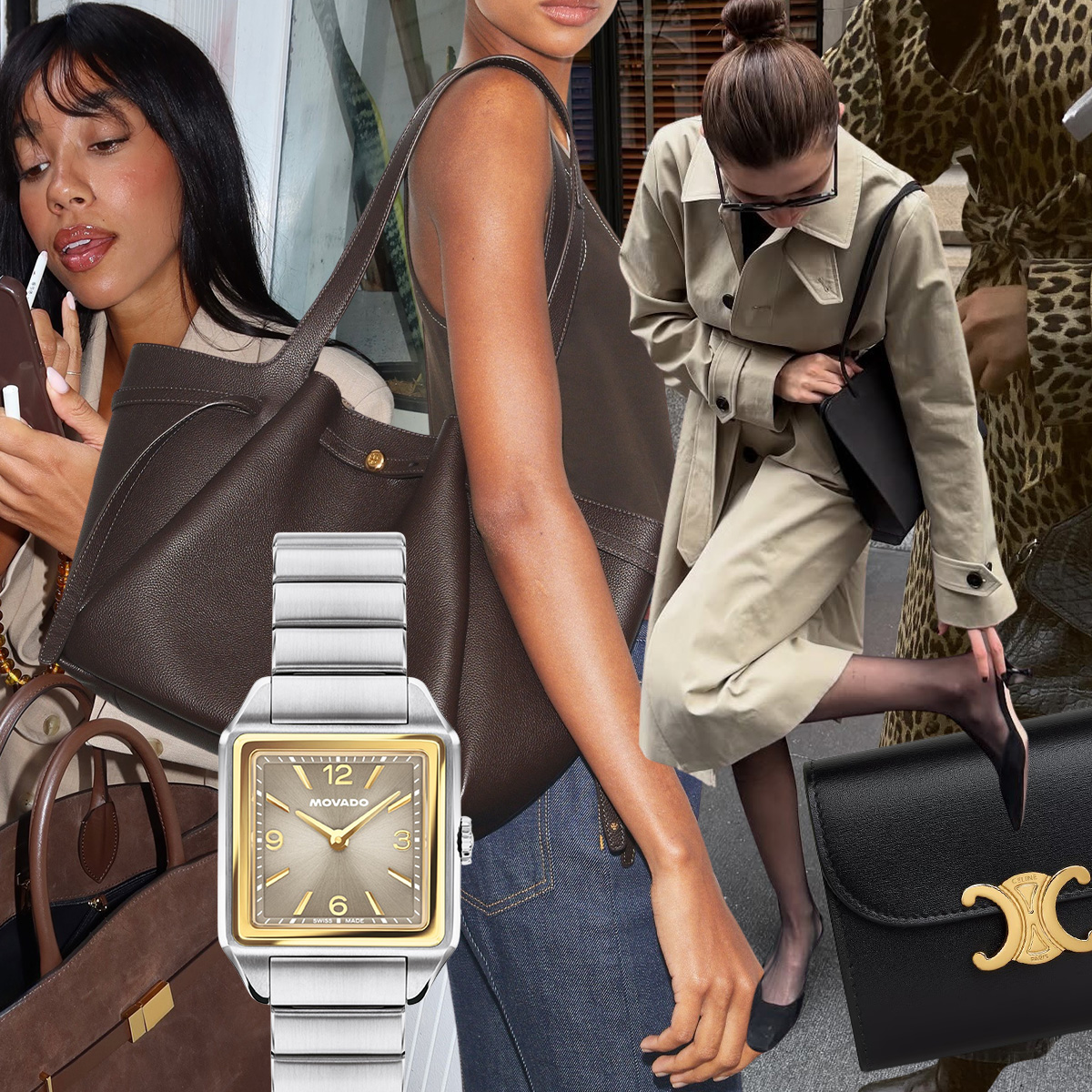 Timeless, Versatile, and Under $1000: Your Foolproof Gen Z Investment-Buy Guide
Timeless, Versatile, and Under $1000: Your Foolproof Gen Z Investment-Buy GuideFrom classic watches to forever ballet flats.
-
 In a World of Shrinking Size Inclusivity, Eloquii Stands Larger Than Ever
In a World of Shrinking Size Inclusivity, Eloquii Stands Larger Than EverWelcome to the Eloquiissance.
-
 Kaia Gerber Wore a Trench Coat Just Like a Parisian—With This '90s Skirt Trend
Kaia Gerber Wore a Trench Coat Just Like a Parisian—With This '90s Skirt TrendA combination French girls love.








